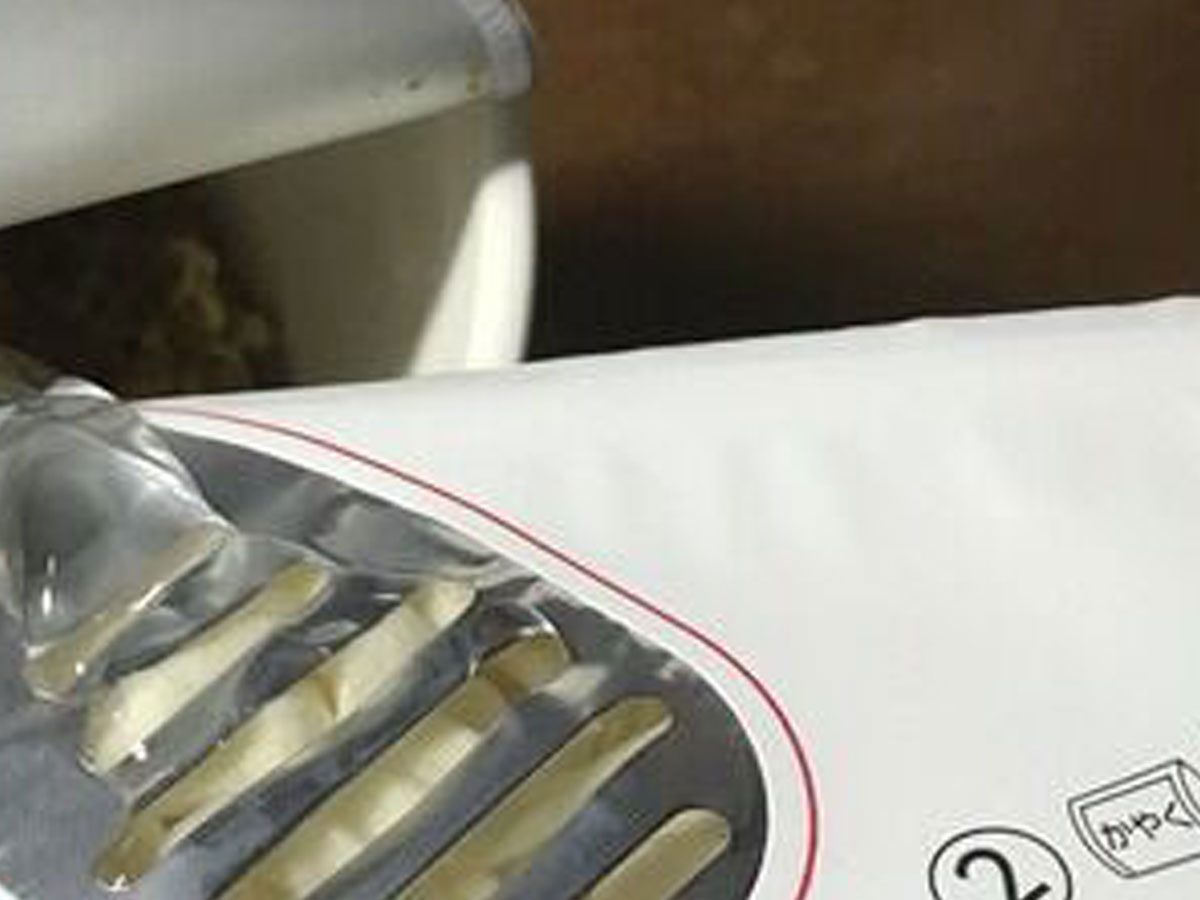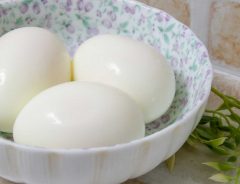
Source: Tセンター T Center (@T_center0911) - image used with permission
Noodles for two or big eater? Try this Japanese SDGs lifehack for instant ramen + yakisoba
- Tags:
- Cup Noodles / lifehack / saving water / SDGs / Yakisoba
Related Article
-

Japanese Earth Cuisine project develops sustainable chocolate “Ecolate”
-

Seven Samurai In Full Armor Show Off Extreme Sports Skills In Kick Ass Cup Noodle Commercial
-

Rhizomatiks’ “CryptoArt-Experiment” to visualize ecological cost, foster debate on NFT art
-

Can’t Afford The Real Deal? These 10 Lifehacks Are For Anyone In A Pinch!
-

Japanese retailer Kuran and vegetable produce Hoshiko fights food loss with fresh sustainable tomato juice sake and other goods
-

From runny to hard, boil your eggs just right with this convenient visual guide


As most of our readers probably know, the Sustainable Development Goals (SDGs) set out by the United Nations are a set of goals that countries around the world are aiming to achieve in order to solve a wide range of problems, from environmental issues such as water and sanitation to social issues such as poverty and hunger.
Twitter user Tセンター T Center (@T_center0911) says that he tries to be aware of SDGs in his daily life.
For example, he strives to avoid wasting water. And to demonstrate this, he showed off a neat lifehack on his Twitter account, with the simple text "SDGs" to accompany it:
Reproduced with permission from Tセンター T Center (@T_center0911)
If you have never tried a Japanese-style instant yakisoba noodle product before, you may not recognize it from the image above. Unlike the yakisoba or chow mein products sold in many countries outside of Japan in which you fill the container with water and microwave it, most Japanese instant yakisoba products require you to discard the hot water. This type of instant noodle is also regularly sold in other parts of Asia or you can find them at some Japanese or Asian specialty food shops or online retailers.
There's a second lid underneath. You lift up a part of that inner lid to add hot water, wait a few minutes while the noodles cook, and then discard the water from the other side of the inner lid which is fitted with drain holes. Then you remove the inner lid, add sauce, mix well, and sprinkle any dry condiments on top.
But T Center, who was either feeling very hungry or was going to enjoy noodles for two, realized that he didn't need to waste that hot water if he was also going to be making Cup Noodles along with the instant yakisoba. He just poured that hot water from the yakisoba into the Cup Noodles and reused it!
It's an environmentally friendly approach since there's no need to use new water or throw away the hot water that was poured into the Cup Noodles.
Many people reacted to this lifehack and showed interest in this method, saying that it seemed sustainable and that it made them laugh even though it took them a moment to understand what was going on.
Someone who actually tried it said, "Yeah, I can do it when I'm really hungry."
Saving water this way is an environmentally friendly way to satisfy your appetite!